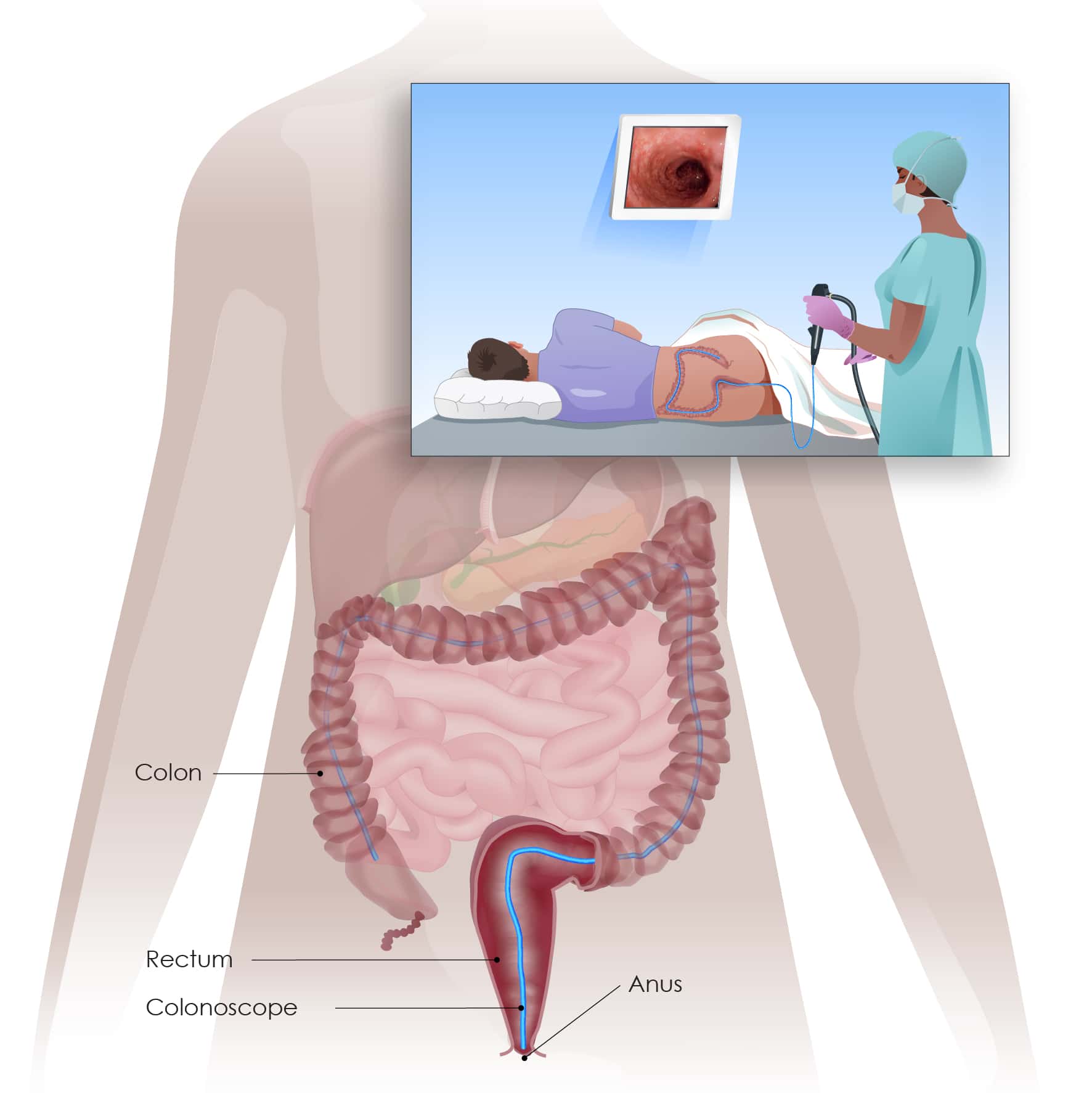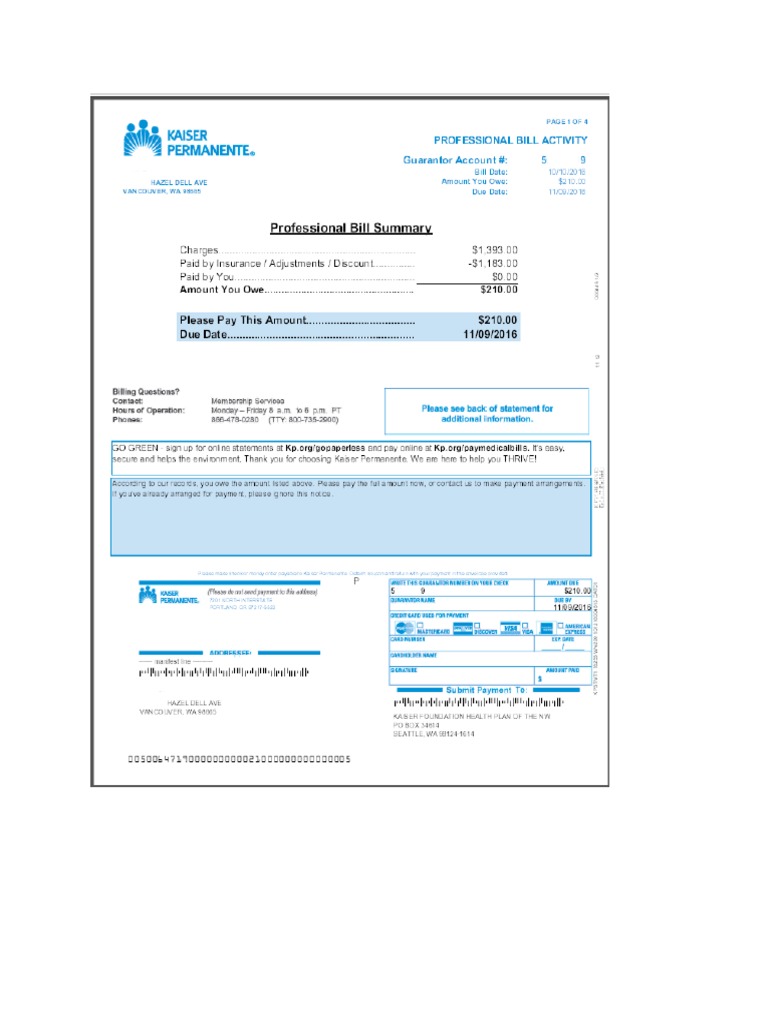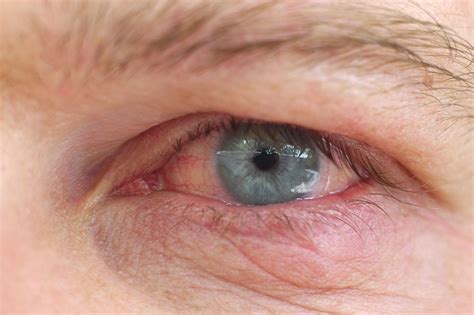Preparing for a colonoscopy can seem daunting, but with the right approach, it can be a straightforward and stress-free experience. At its core, colonoscopy prep is about cleansing the colon to allow for a clear view during the procedure, enabling your doctor to detect any abnormalities, such as polyps or cancerous growths, with ease. The process involves several steps, each designed to ensure that your colon is as clean as possible. Let’s break down these steps into manageable parts to understand the process better.
Understanding the Importance of Prep
Before diving into the preparation steps, it’s essential to understand why this process is crucial. A colonoscopy is a diagnostic tool used to visually examine the inside of the colon (large intestine) for abnormalities. The effectiveness of this procedure heavily relies on the cleanliness of the colon. Any residual matter can obscure the view, potentially leading to missed diagnoses or the need for repeated procedures. Therefore, adhering to the preparation instructions provided by your healthcare provider is paramount.
Steps for Successful Colonoscopy Prep
The preparation for a colonoscopy typically starts a few days before the procedure and becomes more rigorous as the procedure date approaches. Here’s a general outline of what you can expect:
Dietary Changes: A few days before the colonoscopy, you may be advised to follow a low-fiber diet. This means avoiding foods like nuts, seeds, popcorn, and raw or undercooked fruits and vegetables. The goal is to reduce the amount of residue in your colon.
Clear Liquid Diet: Usually, 24 hours before the procedure, you’ll be instructed to switch to a clear liquid diet. This includes clear broths, electrolyte-rich beverages like sports drinks, clear soups, gelatin, and plain water. It’s crucial to stay hydrated during this period.
Colonoscopy Prep Medication: The most critical part of the preparation is the bowel prep medication. This is usually taken the day before the procedure and involves consuming a laxative that will induce diarrhea, effectively flushing out your system. There are different types of prep medications, and your doctor will prescribe the one that’s best for you based on your health status and the timing of your procedure.
Administration of Prep Medication: The instructions for taking the prep medication will be provided by your healthcare provider. It’s essential to follow these instructions carefully, as the timing and dosage can affect the prep’s efficacy. Typically, the prep is taken in two doses: one in the evening before the procedure and possibly another dose a few hours later or the morning of the procedure, depending on the type of prep and your procedure’s scheduling.
Monitoring and Hydration: As you undergo the bowel prep, it’s vital to monitor your body’s response and stay hydrated. Drinking plenty of clear liquids can help replace lost electrolytes and prevent dehydration. If you experience severe symptoms like vomiting, dizziness, or abdominal pain, contact your doctor.
Tips for a Smooth Experience
- Plan Ahead: Make sure you have all the necessary supplies, including clear liquids and any personal items you might need during the prep period.
- Stay Near a Bathroom: The effects of the prep medication can be unpredictable, so it’s a good idea to stay close to a bathroom.
- Follow Instructions to the Letter: Your healthcare provider’s instructions are tailored to ensure the best possible outcome. Adhering to these instructions will help minimize discomfort and ensure a successful procedure.
- Ask Questions: If you’re unsure about any part of the preparation process, don’t hesitate to reach out to your healthcare provider.
The Day of the Procedure
On the day of the colonoscopy, you should arrive at the facility with a companion, as the sedation used during the procedure can impair your ability to drive. Wear comfortable clothing and avoid wearing jewelry or bringing valuables. The procedure itself typically lasts about 30 minutes to an hour, though the entire process, including prep and recovery, may take longer.
After the Procedure
After the colonoscopy, you’ll be taken to a recovery area where you can rest until the sedation wears off. You might feel a bit bloated or experience gas, but these symptoms are temporary. It’s recommended to have someone drive you home and stay with you for a few hours. Your doctor will discuss the results of the colonoscopy with you before you leave, though in some cases, you might need to wait for biopsy results if any samples were taken during the procedure.
Conclusion
Preparing for a colonoscopy requires attention to detail and adherence to your healthcare provider’s instructions. While the process might seem overwhelming at first, understanding the steps involved and being prepared can make a significant difference. Remember, the goal of colonoscopy prep is to ensure a safe and effective procedure, allowing for the early detection and prevention of colon-related issues. With the right mindset and preparation, you can navigate this process with confidence.
What is the purpose of colonoscopy prep?
+The purpose of colonoscopy prep is to cleanse the colon, allowing for a clear view during the procedure. This helps in detecting abnormalities such as polyps or cancerous growths effectively.
How long does colonoscopy prep take?
+Colonoscopy prep typically starts a few days before the procedure and becomes more intensive 24 hours beforehand. The entire process, including the procedure and recovery, can take several hours.
Can I eat after taking the colonoscopy prep medication?
+No, after taking the prep medication, you should not eat solid foods. You're usually restricted to a clear liquid diet until the procedure is completed.
By following these steps and understanding the importance of each phase of the colonoscopy prep, you can ensure a successful and stress-free experience. Remember, your healthcare provider is always available to address any concerns or questions you might have, so don’t hesitate to reach out if you need further clarification on any aspect of the process.



